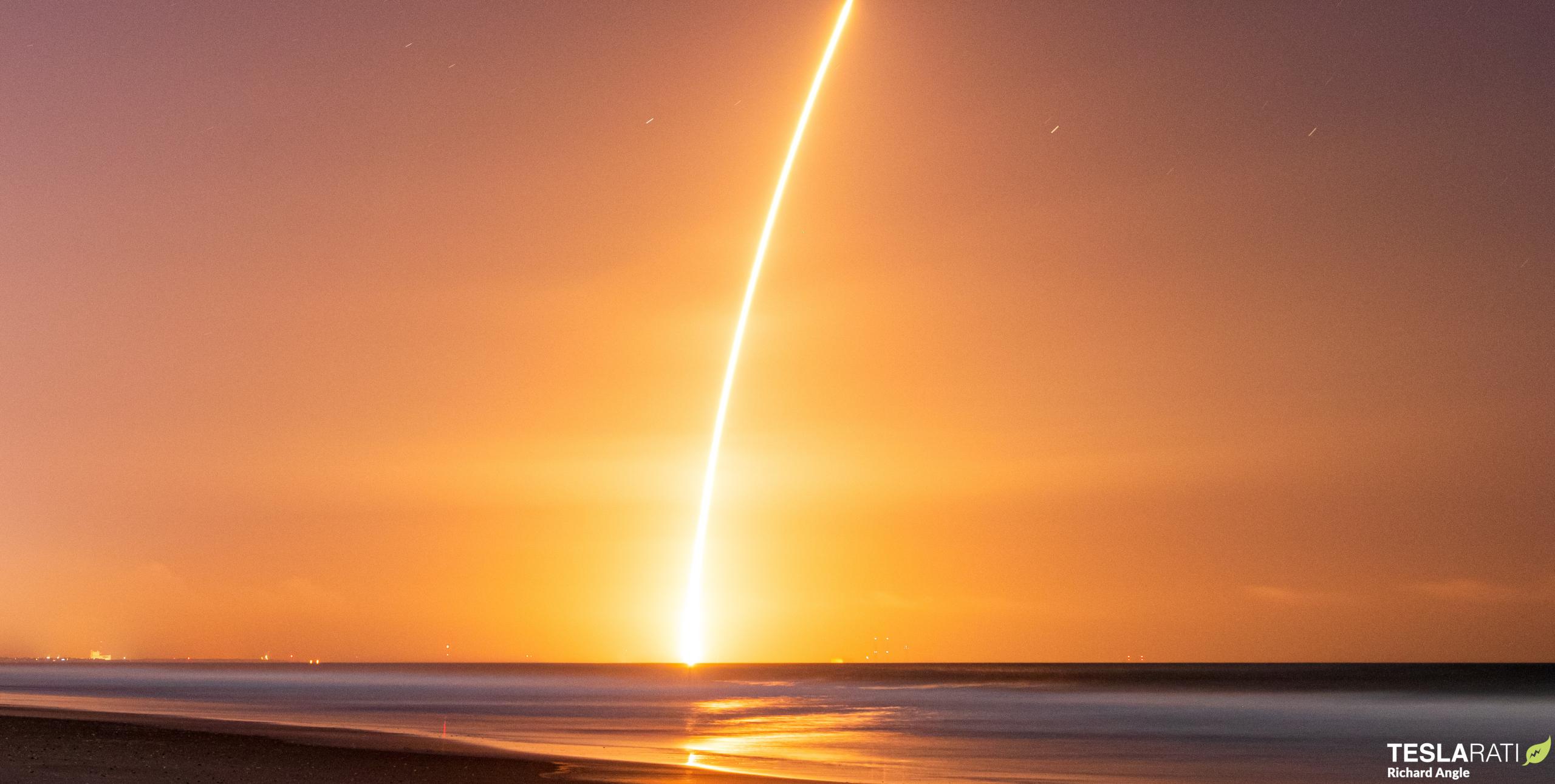
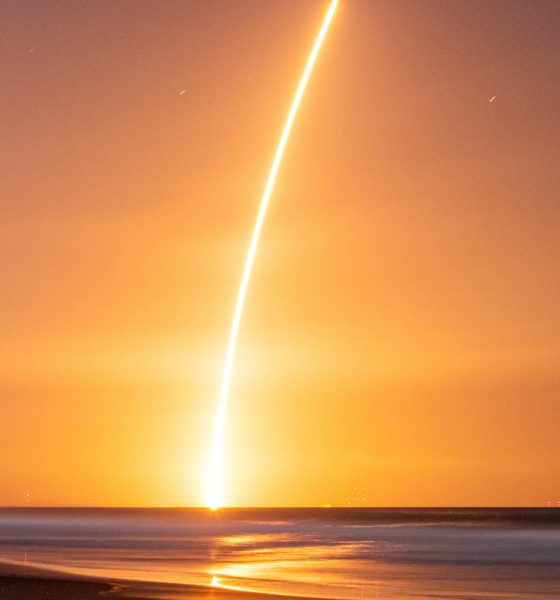
News
SpaceX launches Japanese lander, NASA cubesat to the Moon
A SpaceX Falcon 9 rocket has successfully launched a privately-developed Japanese Moon lander and a NASA Jet Propulsion Laboratory cubesat on their way to lunar orbit.
Following five back-to-back delays that pushed the launch from November to mid-December, Falcon 9 lifted off with Japanese startup ispace’s first HAKUTO-R Moon lander on December 11th, kicking off a multi-month journey that will take the spacecraft more than 700,000 miles (1.1M km) away from Earth. It’s not the first time SpaceX has launched a mostly commercial Moon lander, and it won’t be the last. SpaceX’s first Moon lander launch happened in February 2019, when Falcon 9 launched Israeli company SpaceIL’s Beresheet Moon lander as a rideshare payload on Indonesia’s PSN-6 geostationary communications satellite. Beresheet failed just a minute or two before touchdown, but the attempt was still a historic step for commercial spaceflight.
Just shy of three years later, SpaceX has launched another private Moon lander. Unlike Beresheet, which made its way to the Moon from geostationary transfer orbit (GTO), HAKUTO-R was Falcon 9’s main payload, allowing the rocket to launch it directly into deep space. A Jet Propulsion Laboratory (JPL) cubesat that missed a long-planned ride on NASA’s first Space Launch System (SLS) rocket also joined the Moon lander as a Falcon 9 rideshare payload.
The update that's rolling out to the fleet makes full use of the front and rear steering travel to minimize turning circle. In this case a reduction of 1.6 feet just over the air— Wes (@wmorrill3) April 16, 2024
Approximately four months from now, both spacecraft will reach the end of similar low-energy ballistic transfer trajectories, at which point they will have limited opportunities to enter lunar orbit and continue their missions. Reaching that checkpoint will require several successful orbital correction maneuvers and enough longevity to survive months in deep space, unprotected by Earth’s magnetic fields.
If they make it that far, HAKUTO-R will conduct several more burns to reach low lunar orbit (LLO), where ispace will verify the spacecraft’s health and eventually attempt a soft landing on the Moon. A privately-developed spacecraft has never landed on an extraterrestrial body, so the prestige at stake is about as high as it can get. If JPL’s Lunar Flashlight spacecraft [PDF] survives its journey, it will enter a near-rectilinear halo orbit around a point of gravitational equilibrium (Lagrange point) between the Earth and Moon. Once on station, it will spend most of its time 9000 kilometers (~5600 mi) away from the Moon but occasionally fly within 15 kilometers (~9 mi) of the surface. Under JPL’s nominal mission plan, Lunar Flashlight will complete at least ten week-long orbits and use an infrared laser instrument to search for water ice in permanently-shadowed Moon craters during each close approach.
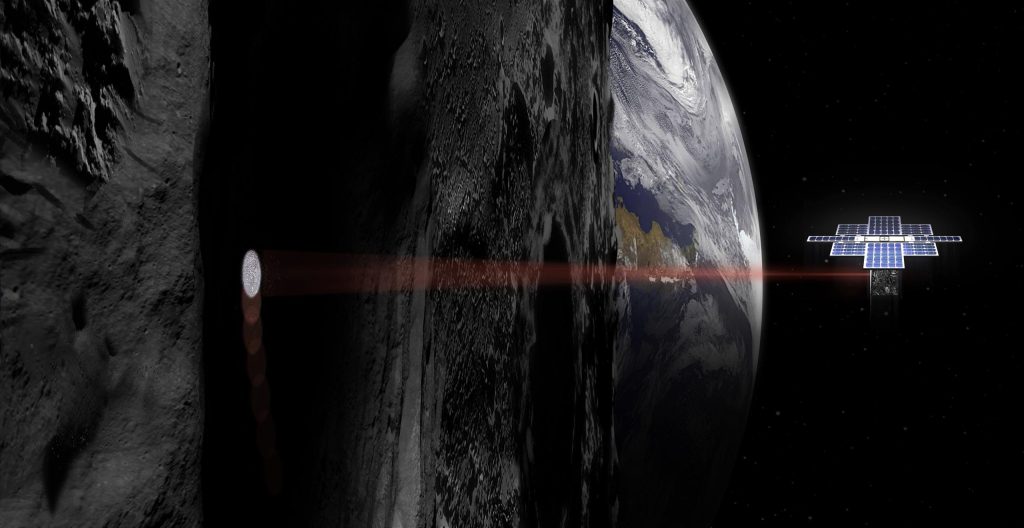
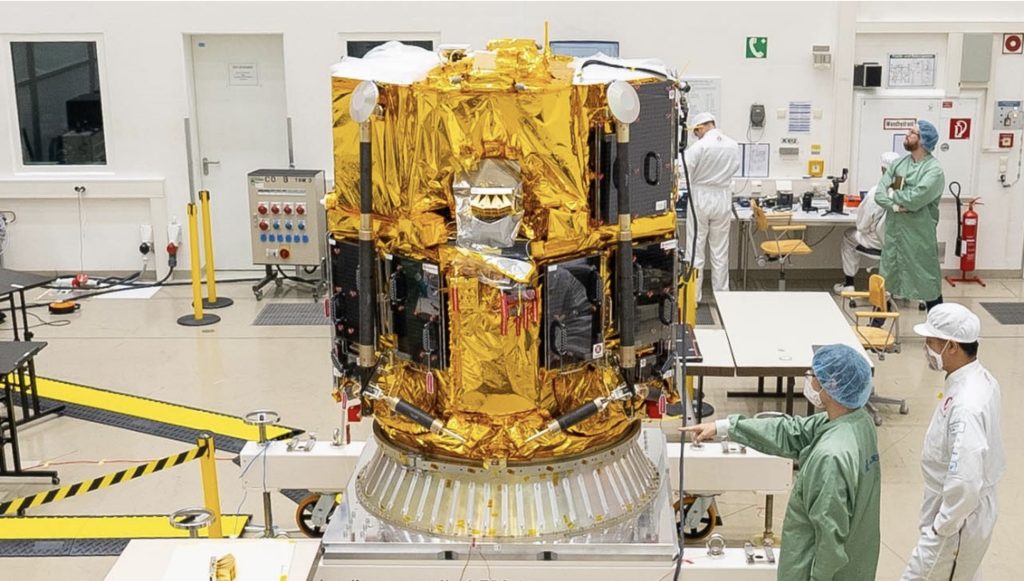
Without context, both missions seem to complement each other well, and it’s not hard to imagine an alternative scenario where a cubesat like Lunar Flashlight was intentionally included to prospect for ice that a lander could then target. But the JPL cubesat’s presence on ispace’s HAKUTO-R was purely by accident. Because of certain design decisions made by NASA’s Space Launch System (SLS) rocket and Orion spacecraft contractors, the giant rocket is intended to launch cubesat rideshare payloads to the Moon, but those satellites are barely accessible for the entire time the rocket is configured for its unprecedentedly slow launch campaigns.
As a result, even though SLS lifted off for the first time in November 2022, its cubesat payloads had to be ready for launch and installed on the rocket in October 2021. Out of 14 planned payloads, four – including Lunar Flashlight – weren’t ready in time, forcing them to find other ways to deep space. Ironically, that may have been an unexpected blessing, as the ten payloads that did make the deadline wound up sitting inside SLS for 13 months, much of which was spent at the launch pad. Half of those satellites appear to have partially or completely failed shortly after launch.
Because of the extremely circuitous path the NASA rocket ultimately took to reach launch readiness, JPL was able to find a new ride to the Moon and launch less than one month after SLS and its co-passengers. Unlike those copassengers, Lunar Flashlight likely spent just a few weeks installed on Falcon 9 before launching to the Moon. Additionally, the SLS launch trajectory took it more or less directly to the Moon, giving its rideshare payloads just a handful of days to troubleshoot any problems discovered. Thanks to the slower, more efficient transfer orbit SpaceX used to launch HAKUTO-R, JPL should still have opportunities to enter a nominal orbit even if Lunar Flashlight requires weeks of in-space troubleshooting – far more margin for error than most SLS copassengers received.
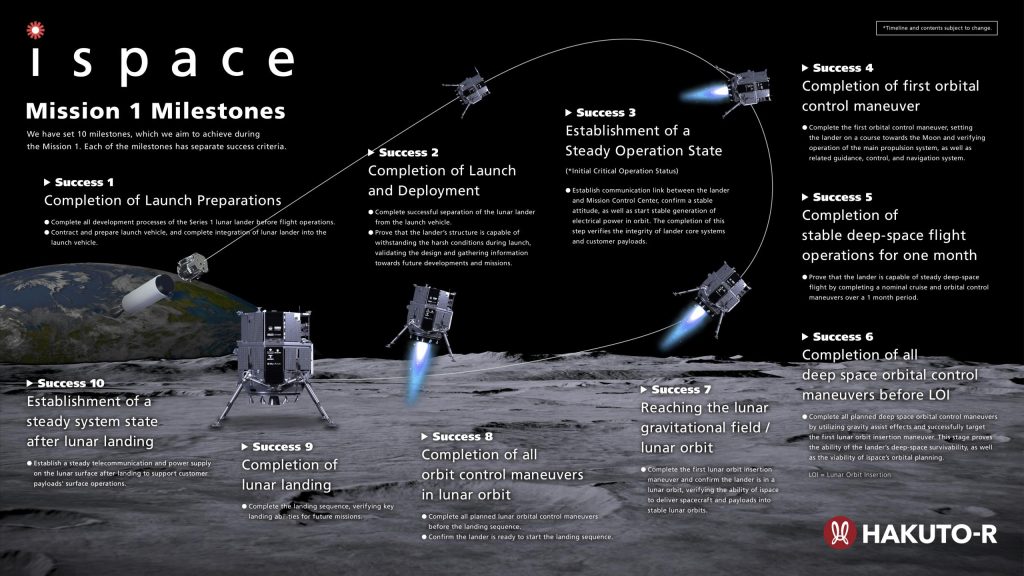
Lunar Flashlight weighs about 14 kilograms (~31 lb) at liftoff, features two sets of solar arrays, and packs a first-of-its-kind chemical propulsion system designed to deliver up to 290 m/s of delta-V – a ton of performance for such a small satellite. HAKUTO-R weighs closer to 1.1 tons (~2400 lb) and is a far more capable spacecraft, in theory – a necessity to land softly on the Moon. At ispace’s request, Falcon 9’s low-energy ballistic transfer orbit reduced the lander’s performance requirements, but it will need roughly 2000-2500 m/s of delta-V to enter lunar orbit and land on the lunar surface.
On December 12th, ispace confirmed that HAKUTO-R is in excellent shape around 24 hours after liftoff. ispace says the lander has secured stable communications, a stable orientation in space, and positive power generation from its solar arrays. An ispace infographic indicates that the spacecraft will enter lunar orbit around mid-April if all goes to plan. With HAKUTO-R in a stable state, the next most important near-term milestone will be the successful use of its propulsion and navigation systems. The startup hopes to demonstrate smooth deep space operations, including routine trajectory correction maneuvers, within one month of launch.
HAKUTO-R was SpaceX’s 56th successful launch of 2022 and the company’s second direct Moon launch this year after sending South Korea’s KPLO orbiter to the Moon in August.
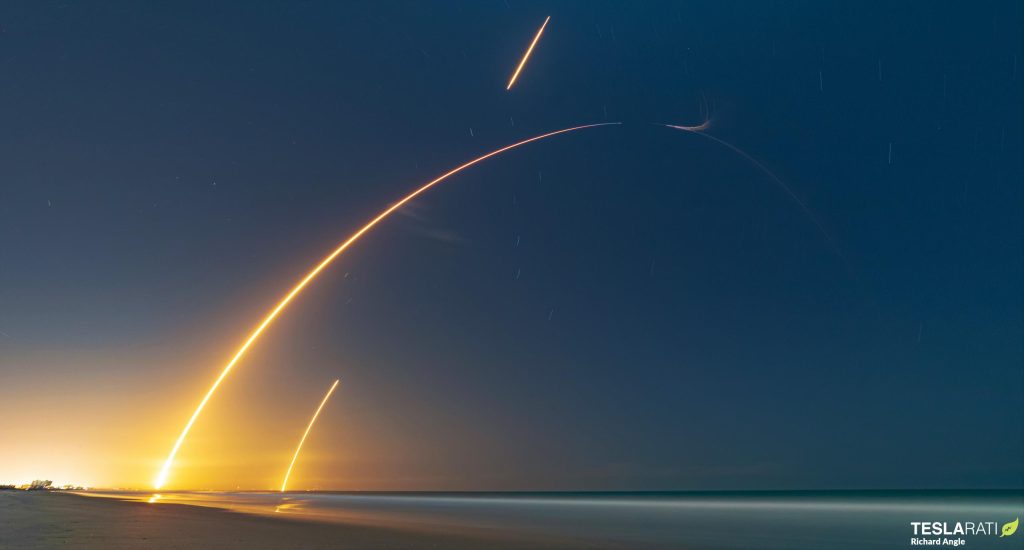
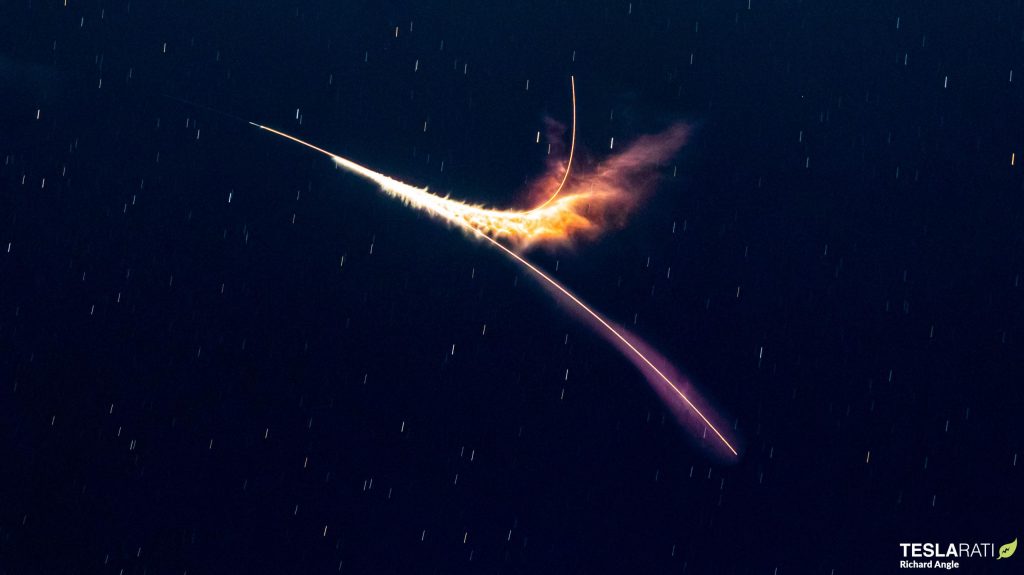
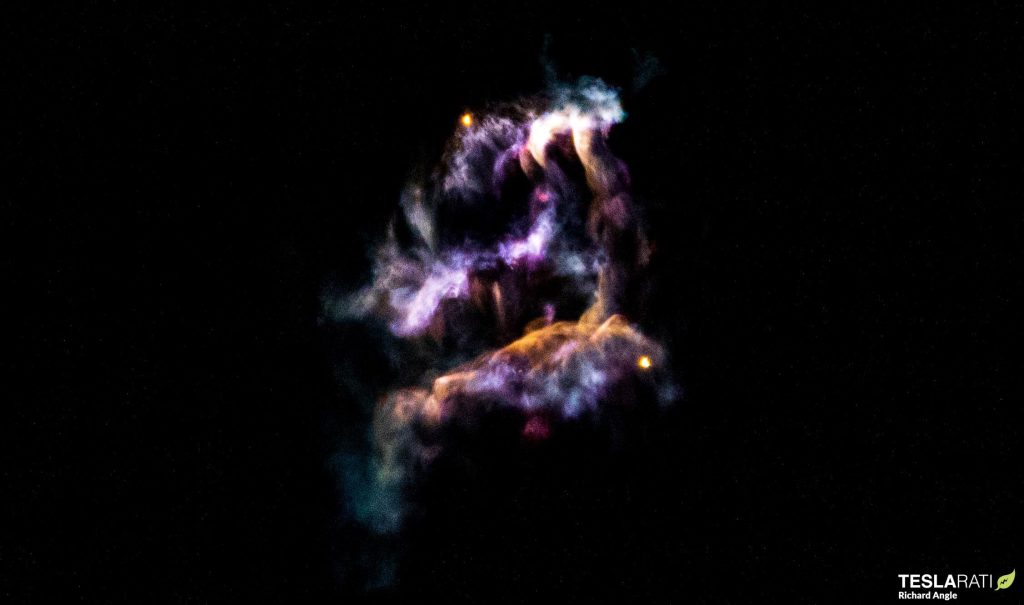

News
Nvidia CEO Jensen Huang explains difference between Tesla FSD and Alpamayo
“Tesla’s FSD stack is completely world-class,” the Nvidia CEO said.

NVIDIA CEO Jensen Huang has offered high praise for Tesla’s Full Self-Driving (FSD) system during a Q&A at CES 2026, calling it “world-class” and “state-of-the-art” in design, training, and performance.
More importantly, he also shared some insights about the key differences between FSD and Nvidia’s recently announced Alpamayo system.
Jensen Huang’s praise for Tesla FSD
Nvidia made headlines at CES following its announcement of Alpamayo, which uses artificial intelligence to accelerate the development of autonomous driving solutions. Due to its focus on AI, many started speculating that Alpamayo would be a direct rival to FSD. This was somewhat addressed by Elon Musk, who predicted that “they will find that it’s easy to get to 99% and then super hard to solve the long tail of the distribution.”
During his Q&A, Nvidia CEO Jensen Huang was asked about the difference between FSD and Alpamayo. His response was extensive:
“Tesla’s FSD stack is completely world-class. They’ve been working on it for quite some time. It’s world-class not only in the number of miles it’s accumulated, but in the way it’s designed, the way they do training, data collection, curation, synthetic data generation, and all of their simulation technologies.
“Of course, the latest generation is end-to-end Full Self-Driving—meaning it’s one large model trained end to end. And so… Elon’s AD system is, in every way, 100% state-of-the-art. I’m really quite impressed by the technology. I have it, and I drive it in our house, and it works incredibly well,” the Nvidia CEO said.
Nvidia’s platform approach vs Tesla’s integration
Huang also stated that Nvidia’s Alpamayo system was built around a fundamentally different philosophy from Tesla’s. Rather than developing self-driving cars itself, Nvidia supplies the full autonomous technology stack for other companies to use.
“Nvidia doesn’t build self-driving cars. We build the full stack so others can,” Huang said, explaining that Nvidia provides separate systems for training, simulation, and in-vehicle computing, all supported by shared software.
He added that customers can adopt as much or as little of the platform as they need, noting that Nvidia works across the industry, including with Tesla on training systems and companies like Waymo, XPeng, and Nuro on vehicle computing.
“So our system is really quite pervasive because we’re a technology platform provider. That’s the primary difference. There’s no question in our mind that, of the billion cars on the road today, in another 10 years’ time, hundreds of millions of them will have great autonomous capability. This is likely one of the largest, fastest-growing technology industries over the next decade.”
He also emphasized Nvidia’s open approach, saying the company open-sources its models and helps partners train their own systems. “We’re not a self-driving car company. We’re enabling the autonomous industry,” Huang said.
Elon Musk
Elon Musk confirms xAI’s purchase of five 380 MW natural gas turbines
The deal, which was confirmed by Musk on X, highlights xAI’s effort to aggressively scale its operations.

xAI, Elon Musk’s artificial intelligence startup, has purchased five additional 380 MW natural gas turbines from South Korea’s Doosan Enerbility to power its growing supercomputer clusters.
The deal, which was confirmed by Musk on X, highlights xAI’s effort to aggressively scale its operations.
xAI’s turbine deal details
News of xAI’s new turbines was shared on social media platform X, with user @SemiAnalysis_ stating that the turbines were produced by South Korea’s Doosan Enerbility. As noted in an Asian Business Daily report, Doosan Enerbility announced last October that it signed a contract to supply two 380 MW gas turbines for a major U.S. tech company. Doosan later noted in December that it secured an order for three more 380 MW gas turbines.
As per the X user, the gas turbines would power an additional 600,000+ GB200 NVL72 equivalent size cluster. This should make xAI’s facilities among the largest in the world. In a reply, Elon Musk confirmed that xAI did purchase the turbines. “True,” Musk wrote in a post on X.
xAI’s ambitions
Recent reports have indicated that xAI closed an upsized $20 billion Series E funding round, exceeding the initial $15 billion target to fuel rapid infrastructure scaling and AI product development. The funding, as per the AI startup, “will accelerate our world-leading infrastructure buildout, enable the rapid development and deployment of transformative AI products.”
The company also teased the rollout of its upcoming frontier AI model. “Looking ahead, Grok 5 is currently in training, and we are focused on launching innovative new consumer and enterprise products that harness the power of Grok, Colossus, and 𝕏 to transform how we live, work, and play,” xAI wrote in a post on its website.
Elon Musk
Elon Musk’s xAI closes upsized $20B Series E funding round
xAI announced the investment round in a post on its official website.

xAI has closed an upsized $20 billion Series E funding round, exceeding the initial $15 billion target to fuel rapid infrastructure scaling and AI product development.
xAI announced the investment round in a post on its official website.
A $20 billion Series E round
As noted by the artificial intelligence startup in its post, the Series E funding round attracted a diverse group of investors, including Valor Equity Partners, Stepstone Group, Fidelity Management & Research Company, Qatar Investment Authority, MGX, and Baron Capital Group, among others.
Strategic partners NVIDIA and Cisco Investments also continued support for building the world’s largest GPU clusters.
As xAI stated, “This financing will accelerate our world-leading infrastructure buildout, enable the rapid development and deployment of transformative AI products reaching billions of users, and fuel groundbreaking research advancing xAI’s core mission: Understanding the Universe.”
xAI’s core mission
Th Series E funding builds on xAI’s previous rounds, powering Grok advancements and massive compute expansions like the Memphis supercluster. The upsized demand reflects growing recognition of xAI’s potential in frontier AI.
xAI also highlighted several of its breakthroughs in 2025, from the buildout of Colossus I and II, which ended with over 1 million H100 GPU equivalents, and the rollout of the Grok 4 Series, Grok Voice, and Grok Imagine, among others. The company also confirmed that work is already underway to train the flagship large language model’s next iteration, Grok 5.
“Looking ahead, Grok 5 is currently in training, and we are focused on launching innovative new consumer and enterprise products that harness the power of Grok, Colossus, and 𝕏 to transform how we live, work, and play,” xAI wrote.








